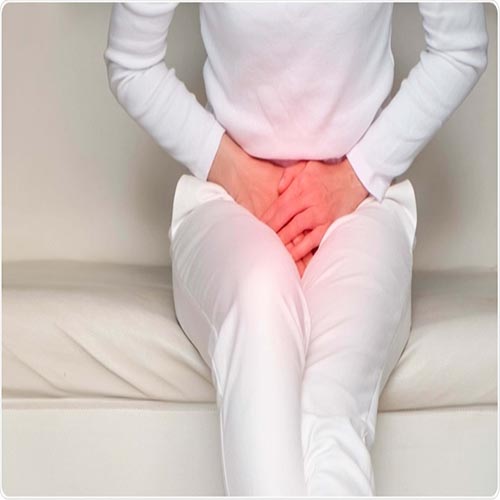
An involuntary leakage of pee occurs when you cough, sneeze, or the urine comes out before you get to the toilet, and you are unaware of it or unable to control it. Male urine incontinence may be caused by prostate problems or by prostatic surgery, and the first steps to controlling the problem are medication and exercises, but if the condition persists to a significant degree, an artificial urinary sphincter implantation is necessary.
Multiple pregnancies, pelvic surgery, and other factors might cause females to suffer from urine incontinence. When a leak occurs as a result of a cough or sneeze, it is referred to as stress incontinence, whereas an urge leak is referred to as urge incontinence. Overactive bladder is the most common cause of this problem.
Severe incontinence that does not improve with medicine or exercise can be treated with a number of surgical procedures.
Urinary incontinence treatment
1. Slings
Polypropylene tapes are inserted under the urethra to provide further support. To cure female urine incontinence, they are extremely successful. A local anaesthetic is all that is needed because the procedure is rather simple and straightforward.
2. Artificial Urinary Sphincter
For post-prostatectomy incontinence treatment, this is necessary. In some cases, it may be necessary for women as well.
3. Intravesical Injection Of Botulinum Toxin
To treat a severely overactive bladder that does not respond to medicine, we administer repeated injections into the bladder muscle to reduce its activity. This is a quick endoscopic treatment that can be done under local, regional, or general anaesthesia.